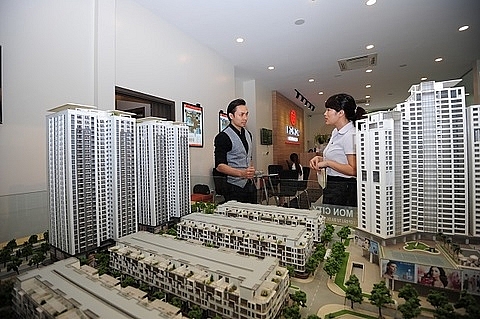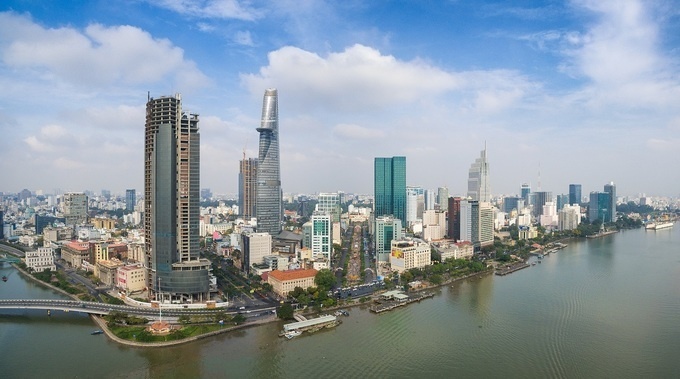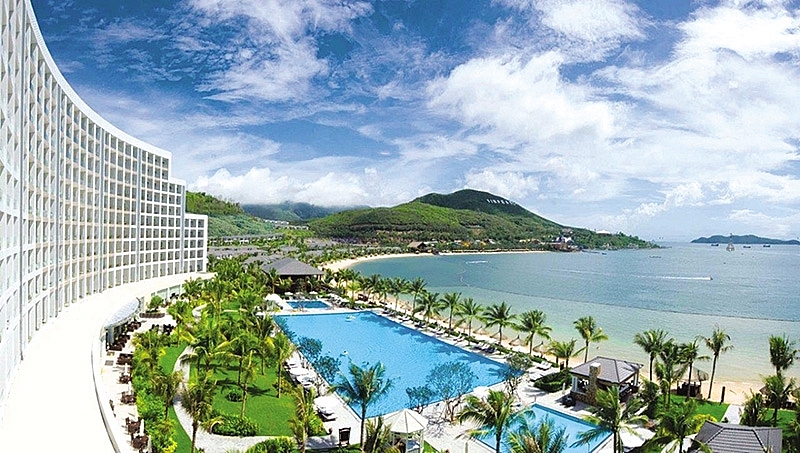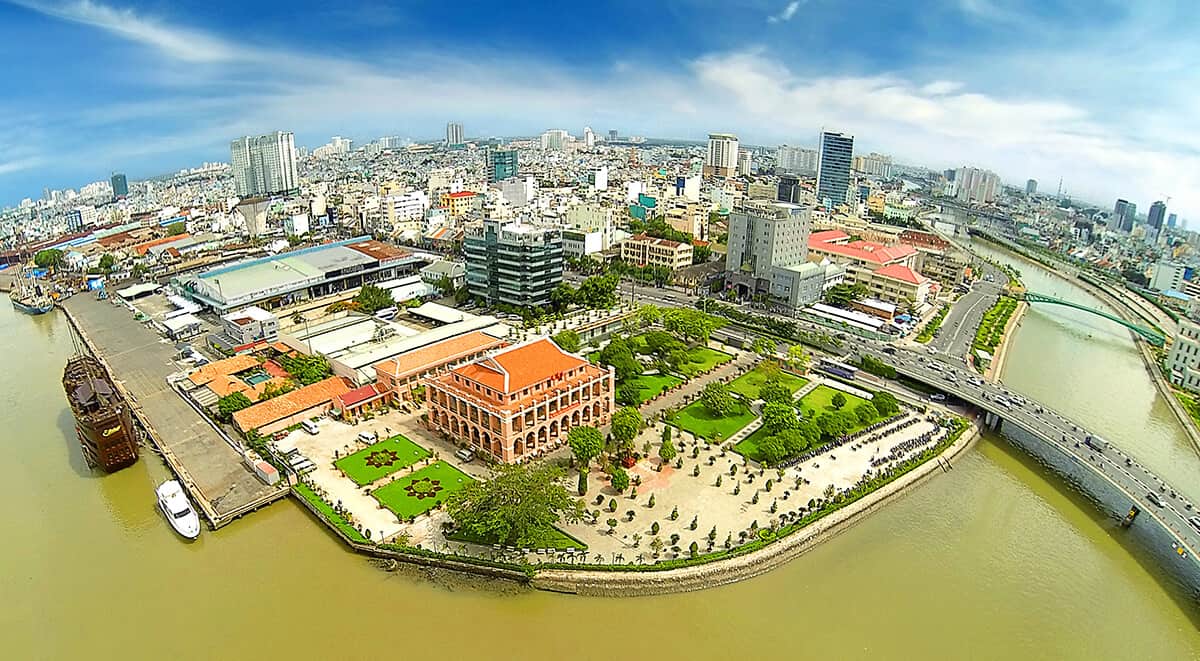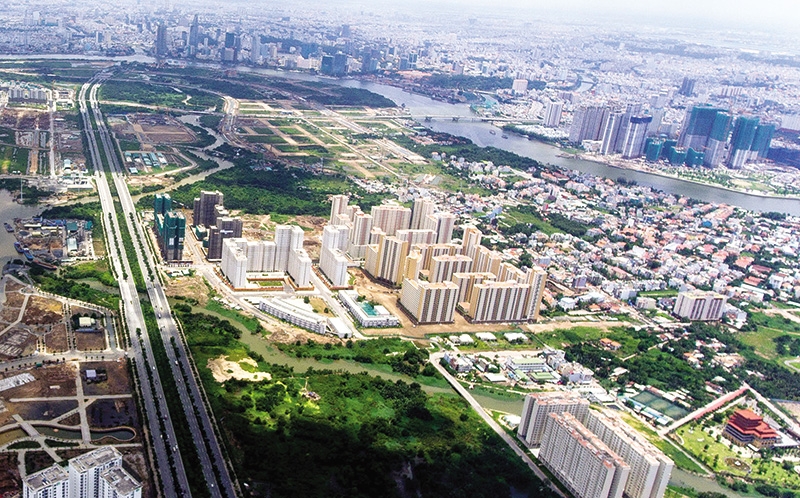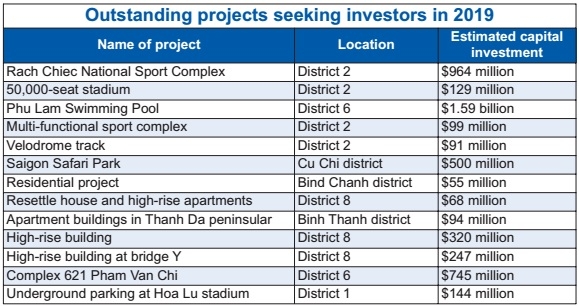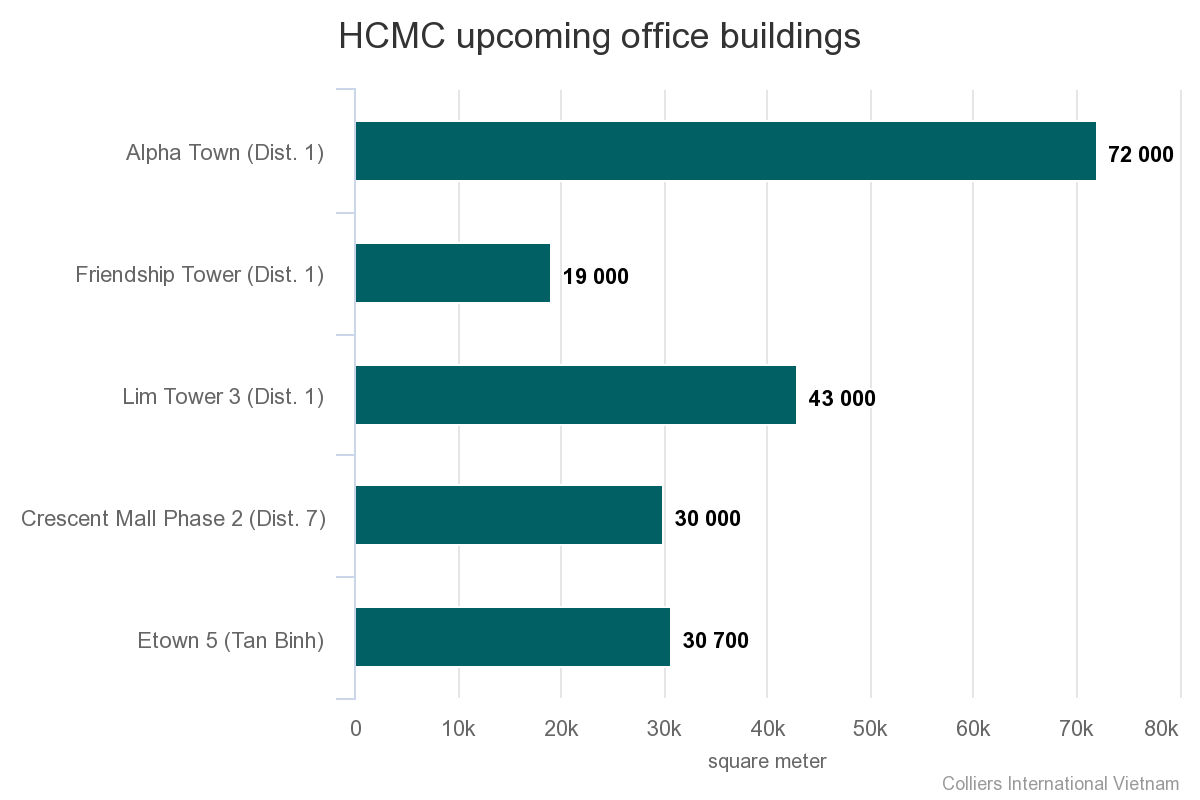Developers of condotels and second home properties are providing more options for buyers by offering alternative incentives rather than the vanilla profit commitment.
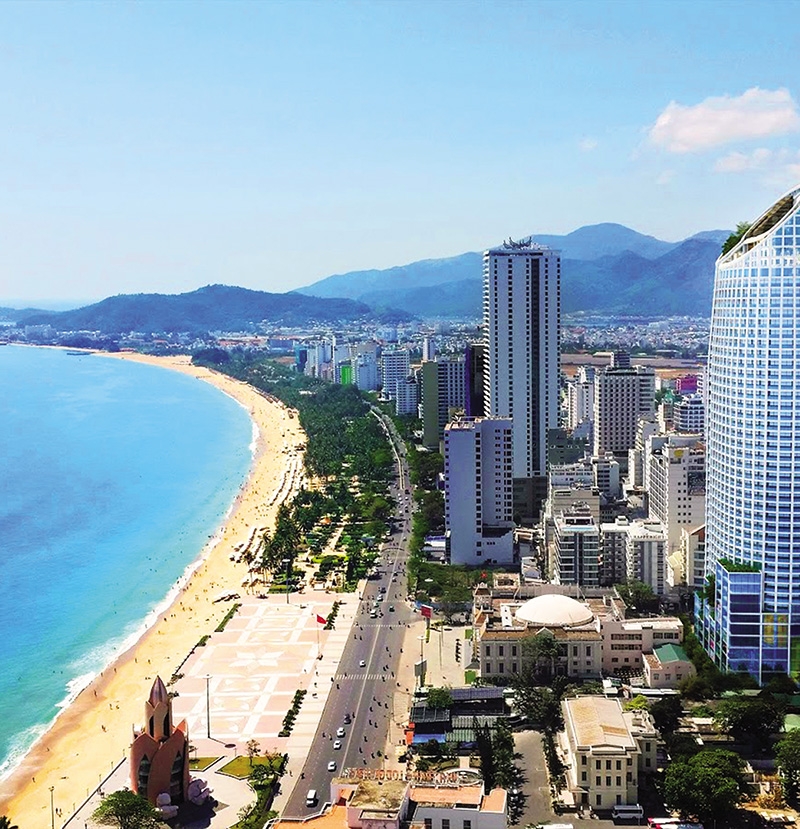
Developers are urged to strive for realistic profit outcomes in line with global trends, Photo: Le Toan
Nha Trang Bay JSC, the developer of the Arena Cam Ranh project in Khanh Hoa province, now offers two options to buyers: they can either operate their unit by themselves or they can authorise the developer to re-lease their units.
At Apec Mandala Wyndham Mui Ne, invested by IDJ and Apec Group, 12 per cent profit was committed to the buyers in the first five years of the project’s operation, plus 30 nights of use a year for buyers.
Meanwhile, the developer of Goldsand Hill Villa Mui Ne did not commit profit to buyers. Instead, it gives a variety of incentives when selling coastal villas. Buyers who have not received any profit commitment from the developer can operate the unit by themselves or authorise the developers, who take 20 per cent of the profit as commission.
In Phan Thiet city, newly launched projects such as Goldsand Hill Villa and NovaHill Mui Ne also opted for alternative incentives.
Buyers, meanwhile, are getting a better grip on the market and see a commission-based arrangement more favourable than a flat profit commitment.
According to Tran Khanh Quang, general director of Viet An Hoa Real Estate Investment JSC, in order to ensure the high profit committed to the buyers developers have to increase the property’s price, leading to artificial inflation of prices beyond their real value.
“Departing from profit commitments will help realign market values to the real value of properties. This will help avoid conflicts between developers and buyers,” Quang said.
This is a positive development in the market and will allow buyers to have more trust in developers, according to Nguyen Mai, a condotel buyer in Ba Ria-Vung Tau province.
During past years, to be able to successfully sell their condotels, many developers have made profit commitments of 10-15 per cent a year to buyers. While lauding the market’s potential, industry experts, however, are in doubt about these claims.
Michael Piro, COO of Indochina Capital, shared his views at a recent conference on second home property, saying that the 12 per cent profit commitment of some developers was “ridiculous” because the developers themselves could hardly make that profit. “No one in the world can release this percentage,” Piro said.
Instead of promising high profit, developers should pay more attention to project quality, the developer’s brand name and prestige, and creating transparency in property trading, Piro added.
According to Nguyen Viet Cuong, a real estate consultant in Nha Trang, the high profit commitment has been attracting buyers by the droves, but actually earning the profit remains a problem.
“Developers should not rely on high profit commitments to buyers, they should carefully consider how to create stable profit instead,” Cuong told VIR.
Kai Marcus Schröter, general director for Hospitality Tourism Management, said that he has not seen profit commitments of 10 per cent a year anywhere else in the world.
Schröter believes developers cannot commit such a profit rate because tourism has its high and low seasons, while occupancy and rental fees also cannot be stable.
Meanwhile, Adam Bury, senior vice president, Investment Sales Asia at JLL Hotels & Hospitality Group, said that the 10-15 per cent profit was mostly for promoting the project.
“Such profit rates are not offered in other countries. In Vietnam, developers are offering such profit because they do not quite understand this type of property. The most important factor for them is to successfully sell condotels to buyers, and they do not worry about how to get such high profit through the lease programme,” Bury said.
“Condotels can only reach such high profits when they are located in famous tourist hotspots,” Bury added. “The developer may be able to maintain this profit commitment for one or two years, but it is not feasible for 10.”
Nguyen Manh Ha, deputy chairman of the VNREA, sad the commitments will bring developers many difficulties.
“The profit is attractive to customers, but it is not true that all places have high occupancy, especially as the tourism market is becoming more competitive,” Ha said. “Buyers should be warned. When they invest, they have to bear the risks. The more profitable the condotel, the higher the risk,” he added.
Since 2017 there have been signs of oversupply in the condotel segment, with too many developers jumping into the segment, a trend which turned into a lull in 2018 and the first quarter of 2019.
(source: vir)


